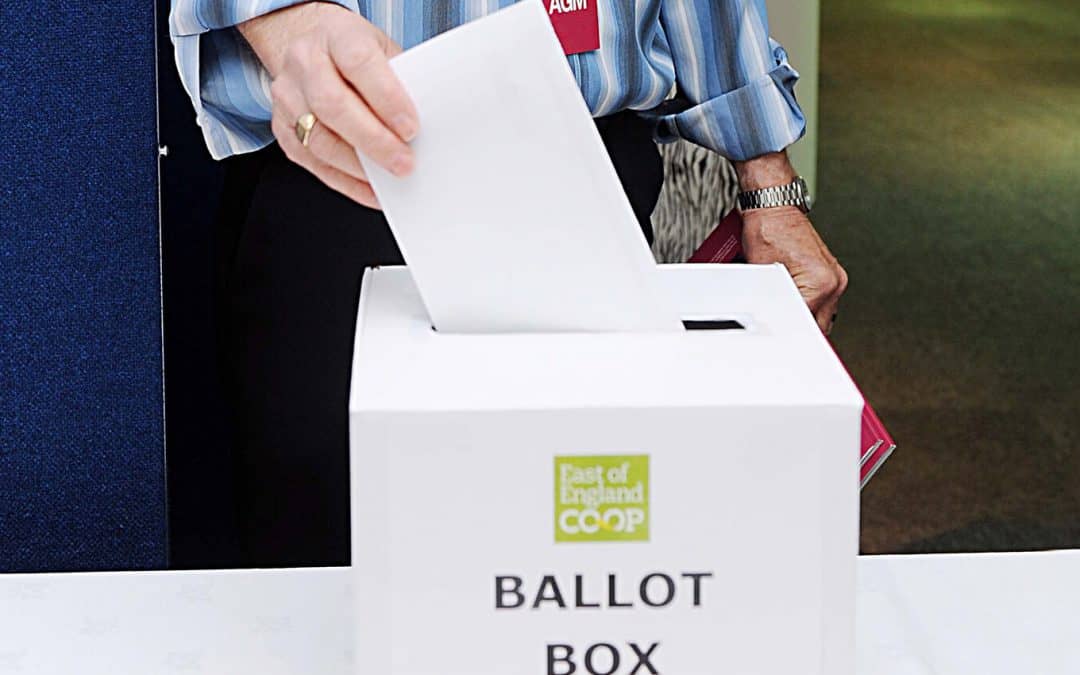Business Improvement Districts (BIDs) are a mechanism of improving a trading environment and enhancing its profitability by bringing local businesses and other stakeholders together. The decision to have a Business Improvement District will is determined via a BID ballot. BIDs have been operating in the UK for over 10 years and are increasing in popularity, with well over 200 BIDs now established across the UK1.
There are many stages of a BID. From scoping and feasibility, to a successful ballot and implementation of the BID. UK Engage, one of the country’s leading election services providers, has administered numerous BID ballots across the country. Working in partnership with both BID companies and local authorities we administer BID ballots for new BIDs and renewal BIDs. UK Engage looks at the typical stages of a BID ballot.
Stage 1: Notice of ballot
This can happen anywhere between 42 to 90 days before ballot day2. BID ballot providers, will notify BID-eligible hereditaments of the arrangements for the forthcoming BID ballot, on behalf of the local authority. At this stage some authorities will include the business plan in the notice of ballot.
Stage 2: Management of the proxy process
Once hereditaments are notified of the ballot they can appoint a proxy to vote on their behalf, if they so wish. This can be done by via a simple application form and can be managed by the Independent Scrutineer, which can be the BID ballot provider or the local authority.
Stage 3: BID ballot paper mailing
A BID ballot period is a minimum of 28 days in duration. BID ballot providers will send out printed ballot papers to hereditaments with instructions on how to vote and a reply-paid envelope to return the vote. One hereditament will get one vote; they will be asked if they are in favour of the BID and asked to sign to say they are. If the authority has not included the business plan at the notice of ballot stage, it will be included within the ballot pack.
Stage 5: Reminder to vote
During the ballot phase, some local authorities will work with their BID ballot provider to send out reminders to hereditaments that haven’t voted, to encourage voter turnout. This is an option some councils like to consider.
Stage 6: Count and result declaration
Following the ballot period and close of ballot, the Independent Scrutineer will count the votes. After certifying the turnout – both by total number and aggregate rateable value, and the total number and aggregate rateable value of the votes cast in favour. BID ballot providers will then declare the result to the authority. Finally, if required, a letter can be sent to hereditaments to inform them of the result.
BID Ballot Support From UK Engage
When it comes to overseeing the Business Improvement District and ensuring a seamless ballot process, UK Engage stands as your dedicated partner. We offer a comprehensive and transparent service tailored to the needs of local councils, guaranteeing a smooth BID ballot experience that adheres to strict timelines inherent in the BID ballot process.
For more information or to enquire about how UK Engage can support your BID ballot, please contact us on 0345 293 5555 or democracy@uk-engage.org
[1] British BIDs website http://www.britishbids.info/
[2] Statutory Instruments – 2004 No. 2443 Local Government, England. The Business Improvement Districts (England) Regulations 2004

